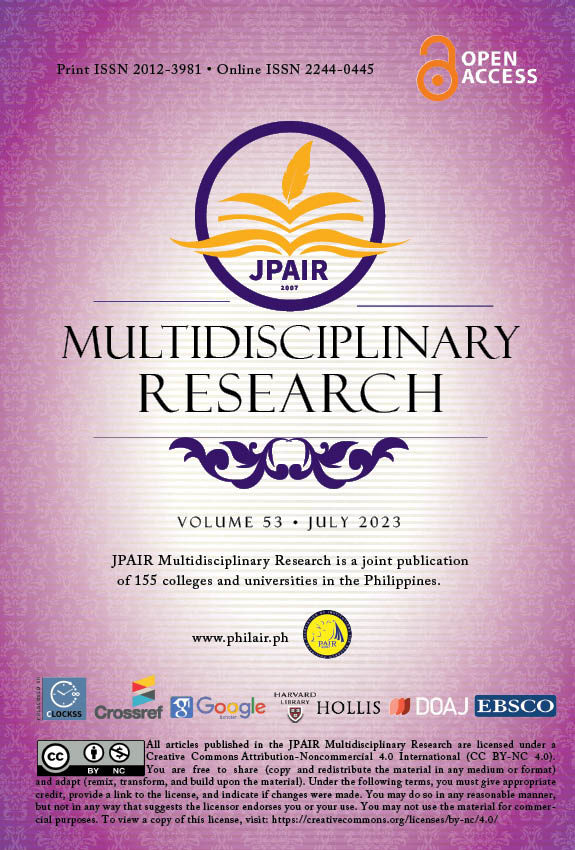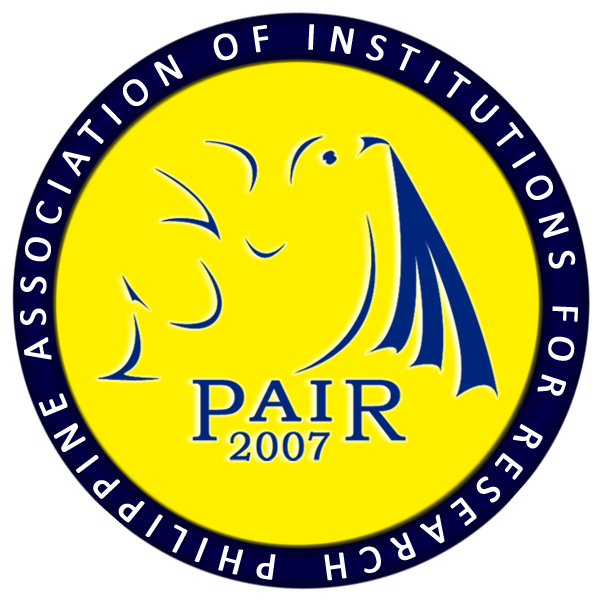Digital Competence, Attitude, and Technology Utilization in Physical Education: Implication to Instructional Strategy
DOI:
https://doi.org/10.7719/jpair.v53i1.846Keywords:
Digital technology, digital competence, physical education, preparedness, attitude, correlational research, PhilippinesAbstract
The digital revolution in education presents formidable challenges for teachers and students, particularly in regions with limited access to comprehensive training and reliable internet connections. This study examined the teachers' level of digital competence, attitude toward digital instruction, and utilization of digital technology as an instructional strategy. It also investigated the relationships between these variables and whether they predict teachers' preparedness for using digital technology in physical education. This descriptive correlational and causal-predictive research was gathered from the randomly selected 300 students in a public senior high school in Bukidnon, Philippines. The results revealed that teachers generally demonstrated a high level of preparedness, positive attitudes, and extensive technology utilization in physical education. Moreover, the study established significant relationships among digital competence, attitude, and technology use, further revealing attitude as the most influential predictor of teachers' utilization of digital technology as a physical educational instructional strategy. In conclusion, this study emphasizes the crucial role of nurturing positive attitudes and enhancing digital literacy among teachers to facilitate effective technology integration in physical education. It underscores the ongoing need for continuous teacher training and support to improve competence and attitude.
Downloads
References
Abella, J., & Rosa, E. D. (2023). Digital Literacy and Digital Competence of Selected Filipino Teachers: Basis for a Post-Pandemic Pedagogy.
Downloads
Published
Issue
Section
License
Copyright (c) 2023 Oman Abiera Belisario

This work is licensed under a Creative Commons Attribution-NonCommercial 4.0 International License.
Open Access. This article published by JPAIR Multidisciplinary Research is licensed under a Creative Commons Attribution-Noncommercial 4.0 International (CC BY-NC 4.0). You are free to share (copy and redistribute the material in any medium or format) and adapt (remix, transform, and build upon the material). Under the following terms, you must give appropriate credit, provide a link to the license, and indicate if changes were made. You may do so in any reasonable manner, but not in any way that suggests the licensor endorses you or your use. You may not use the material for commercial purposes.




















